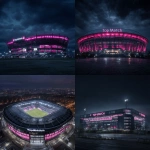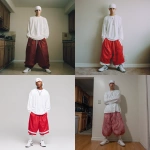Explore the Best AI Image Gallery

Beyond the Brush: How AI Image Creation Tools are Reshaping Creativity
The realm of visual art is undergoing a seismic shift with the advent of AI image creation tools. These powerful technologies, fueled by sophisticated algorithms and vast datasets, empower users to generate stunning images with unprecedented ease and versatility. From conceptualizing designs to crafting personalized artwork, AI-powered image generation is rapidly becoming an indispensable tool for artists, designers, marketers, and anyone seeking to bring their visual ideas to life.
The Creative Canvas Reimagined
AI image creation tools operate by learning patterns and relationships within existing images. Through a process called deep learning, these algorithms analyze millions of images, absorbing the nuances of composition, color palettes, lighting effects, and subject matter. This extensive training enables them to generate new images that adhere to artistic principles while showcasing unique and often unexpected aesthetics.
Potential Applications Across Industries
- Art and Design: Artists can leverage AI tools to explore novel concepts, overcome creative blocks, and experiment with diverse styles. Designers can utilize these tools for generating product mockups, visualizing architectural plans, or crafting eye-catching marketing materials.
- Entertainment and Media: The entertainment industry can benefit from AI-generated imagery for creating concept art, developing realistic special effects, and producing dynamic content for video games and virtual reality experiences.
- Education and Research: Students and researchers can utilize AI tools to visualize complex data sets, create interactive learning materials, or explore historical artifacts through reconstructed images.
Navigating the Ethical Landscape
While AI image creation presents immense opportunities, it also raises important ethical considerations:
Copyright and Ownership
The question of copyright ownership for AI-generated images remains a complex and evolving issue. Who owns the rights to an image created by an algorithm? Is it the user who provides the input prompts, the developer of the AI tool, or the AI itself?
Bias and Representation
AI algorithms are trained on existing datasets, which can contain inherent biases that reflect societal prejudices. This can result in AI-generated images that perpetuate stereotypes or reinforce harmful representations.
Misinformation and Manipulation
The ease with which AI tools can generate realistic imagery raises concerns about the potential for misuse, such as creating deepfakes for spreading misinformation or manipulating public perception.
Shaping the Future of Creativity
As AI image creation technology continues to advance, it will undoubtedly shape the future of creativity in profound ways:
Democratization of Art
AI tools have the potential to empower individuals with limited artistic skills to create visually compelling work, democratizing access to creative expression.
Collaboration and Augmentation
AI can serve as a powerful tool for collaboration between artists and technologists, augmenting human creativity and pushing the boundaries of artistic innovation.
New Forms of Expression
The convergence of AI and art will likely give rise to entirely new forms of creative expression, blurring the lines between traditional mediums and digital realms.
Conclusion
AI image creation tools are revolutionizing the creative landscape, offering both exciting possibilities and complex challenges. By embracing these technologies responsibly and fostering ethical considerations, we can harness their power to unlock new dimensions of creativity, imagination, and artistic expression.

](https://images.ai-img.art/thumbnails/150/908bcb9950a44fd4b37d1a84cf00178988cea9507738d7ad4f92707c692461ef.webp)
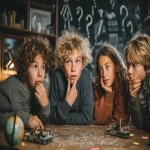
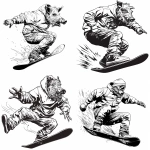
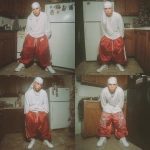
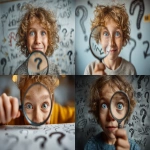
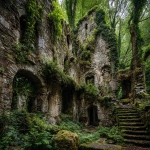
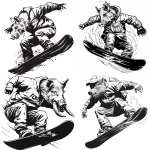
](https://images.ai-img.art/thumbnails/150/05b3252b3f681226a3df9027b069db31c005f91b72257a74367c4102f03a2ba0.webp)

](https://images.ai-img.art/thumbnails/150/738b292720ee21b57673dfb75ad851f4c34d16f5006ae3027ba685feaddb6b04.webp)
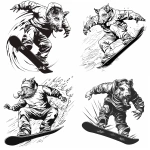
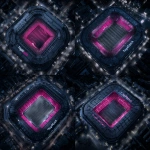
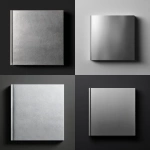
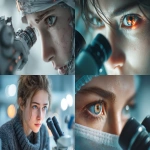
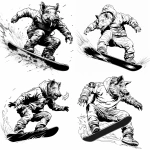


](https://images.ai-img.art/thumbnails/150/69d81ae5ecde297f3c11da78435c5fc00fbac7b00e2c7ccd89d7bbeb014e0541.webp)
](https://images.ai-img.art/thumbnails/150/fc468fe14407b96489933a55227127071fd5f6c0505be74ca4dcb2f1e2fa3771.webp)

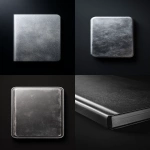
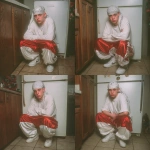

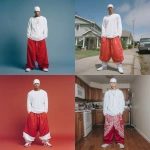
](https://images.ai-img.art/thumbnails/150/807ac97f95d56e8cc7cf714e13299d80bf6bcb5b4d80b77a7f06f30246184943.webp)
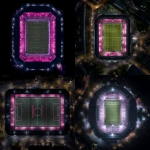
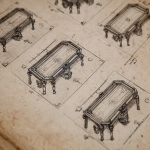

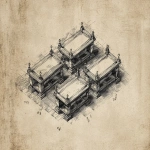
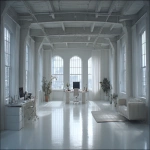

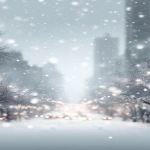
](https://images.ai-img.art/thumbnails/150/83ec831b9fb19e0db5a520b051b9556f3f594b87acc957ffee094a06a565e6f0.webp)

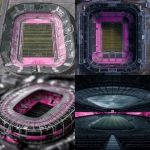
](https://images.ai-img.art/thumbnails/150/3ccc82ef0ad0cc1ab1dfb5b8e6bc37924fcad45dadf41cbd1cb21d19fc7f640a.webp)


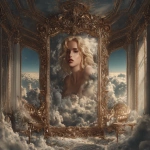
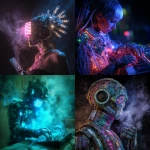
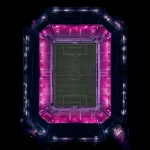
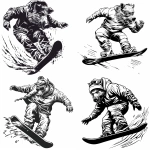
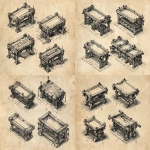
](https://images.ai-img.art/thumbnails/150/57afc09cc38edf73880f760b7ebe1852c5522c6b4051836717b2e56b6f7f913c.webp)
